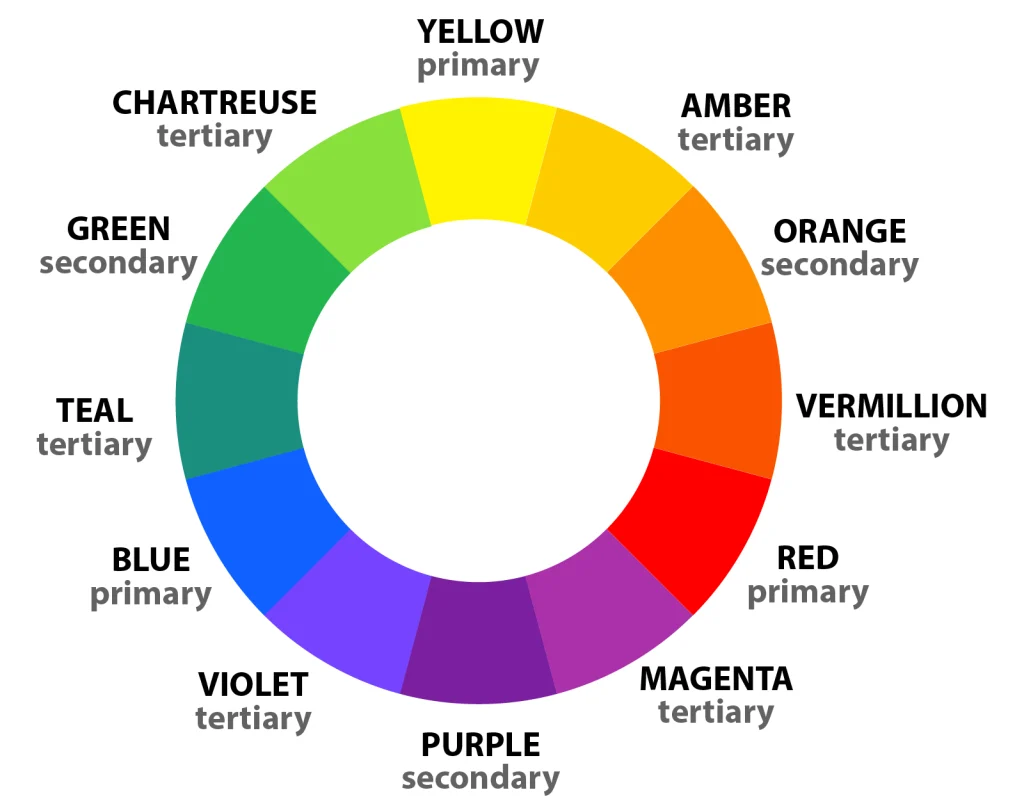Question #1
A preschool teacher is teaching students about a color wheel which is an organization of hues around a circle. Orange, Purple and Green are examples of which of the following kinds of colors on the color wheel?
You answered
Correct Answer: C
Secondary colors are made by mixing two primary colors in equal measure.
COLOR TERMS
Primary Colors: Red, Yellow and Blue are considered the 3 Primary Colors
Secondary Colors: Made by mixing equal parts of primary colors. (Purple, Green, Orange)
Tertiary Colors: Made by mixing one primary color with half the saturation of a second primary color
Complimentary Colors: Appear opposite each other on the color wheel
Image Source: https://www.color-meanings.com/primary-secondary-tertiary-colors/
